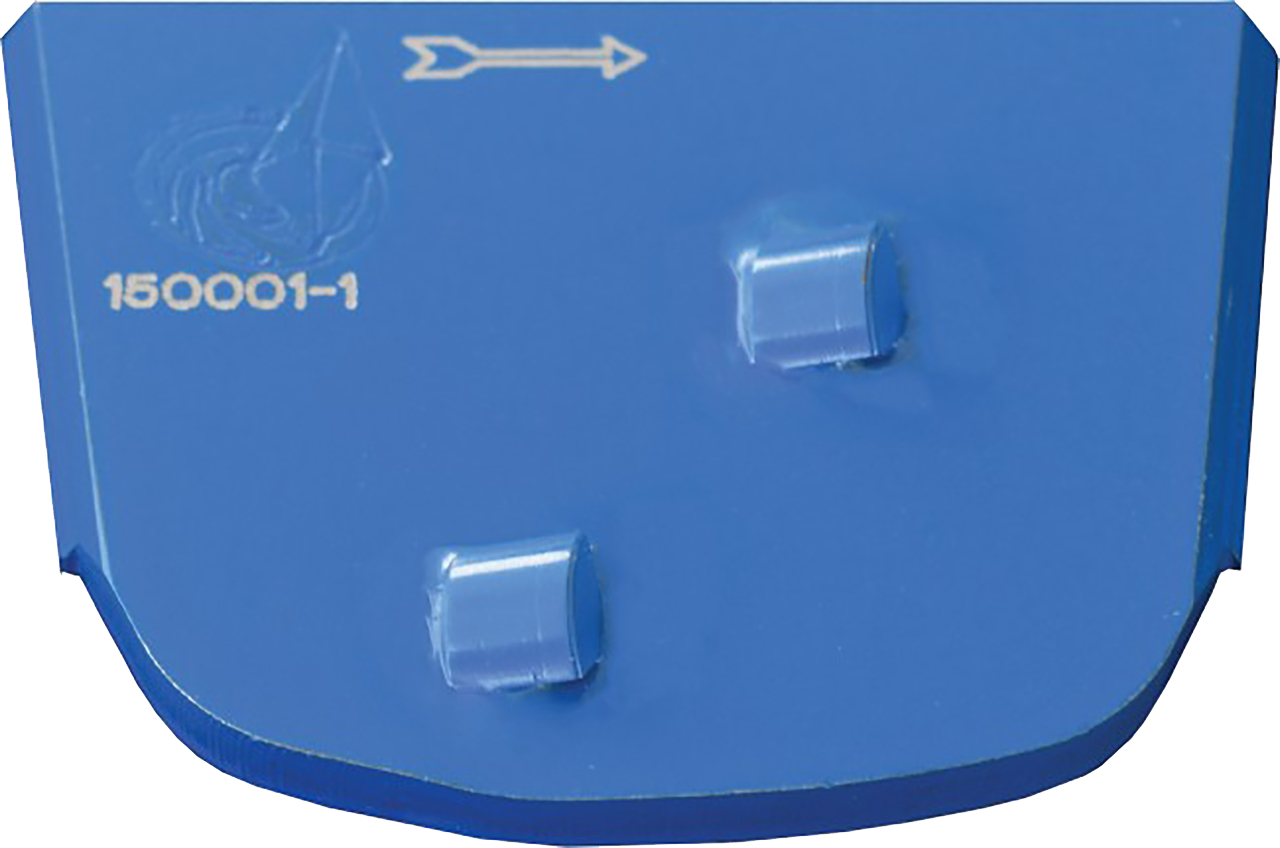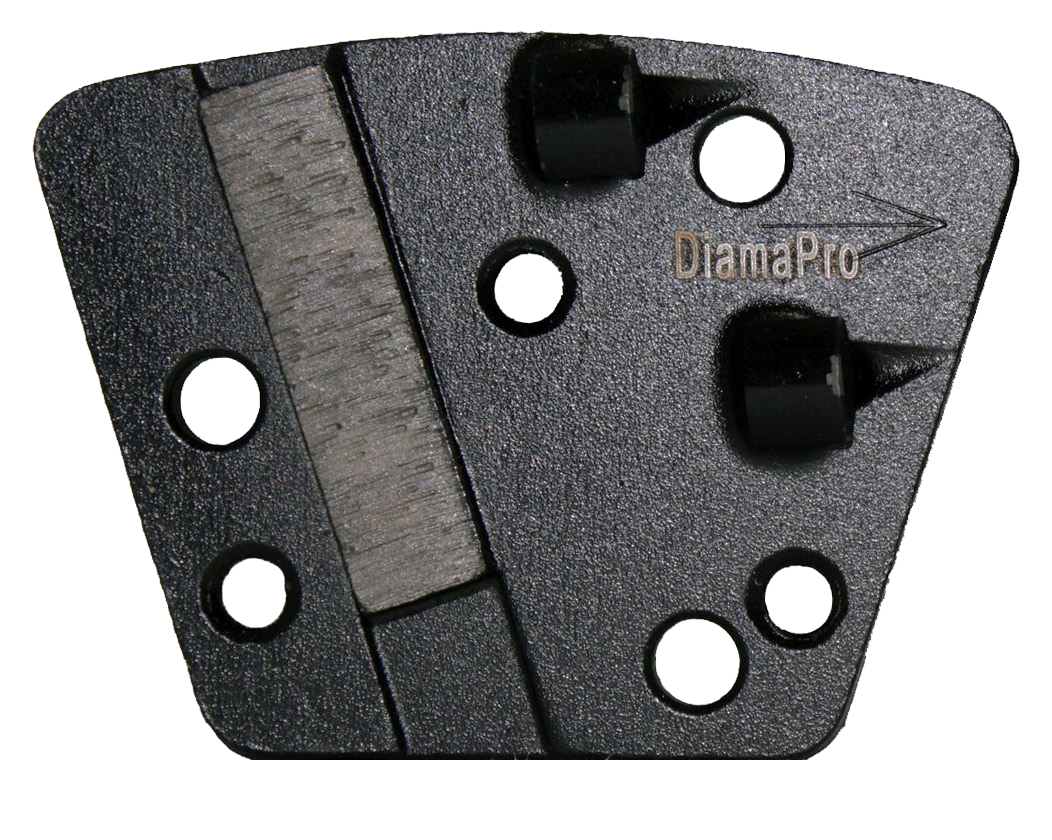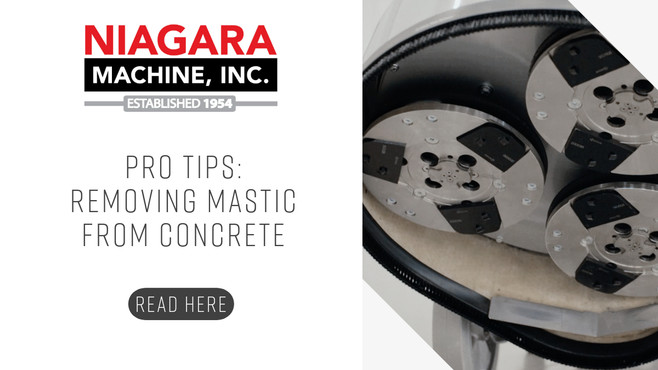Pro Tips: Removing Mastic from Concrete
27th May 2025
The adhesive used with carpet and vinyl tile flooring systems has a level of flexibility. There will be small or even substantial amounts of adhesive/mastic remaining once these flooring systems have been removed. The mastic/adhesive has to be removed completely before any other system is applied. The remaining mastic can be considered a bond breaker, preventing the following system from developing a proper bond.
When removing adhesives or mastics, understanding what type you are dealing with is important. They all have their own characteristics. There are rigid and flexible adhesives that are used. The consistency of the cured or hardened solution is important when selecting a removal method.
Identifying Mastic and Assessing the Situation
Mastic is a type of glue used to adhere tiles and vinyl flooring to the subfloor. If the building was built before 1980, mastic mixed with asbestos may have been used to bond the tiles to the floor. Possible signs of asbestos mastic include discoloration and an oily texture. Asbestos mastic will also always be black in color. It’s more likely that you have asbestos mastic if you have square tiles that are 9 by 9 inches. To confirm asbestos, hire a certified asbestos specialty contractor to assess the floor for you. It is highly recommended not to start the removal until the adhesive has been evaluated.
With rigid adhesives, a different piece of equipment can be used than when removing a flexible adhesive. A grinder fitted with tooling designed to remove tough, rigid substances will perform well.
With flexible adhesives, typical grinder tooling that is used for rigid materials cannot be used efficiently. This is when a scraper tool is used. There are different scraper tools available to choose from. Each one of them has the capability to perform, but each one must be evaluated to match your situation.
Tools and Equipment for Mastic Removal
- When the removal of mastic from a concrete floor is the task at hand, a Polycrystalline Diamond Tool, also known as PCD tool, can be used. These are tools that are specifically designed with an aggressive cutting diamond segment that cuts into and scrapes the adhesive from the floor.
- They come in two styles, one with a wear bar and one without. A wear bar consists of coarse grit diamonds and prevents the cutting diamond segments from cutting deep through the mastic and into the substrate. It serves as a stabilizer, giving guided depth to your scraping of the thickest of concrete floor coatings, all while following a conventional grinding process.

PCD

PCD with Wear bar
- Carbide scrapers for floor grinders are ideal for fast removal of thick topical mastics. They can be used without damaging the concrete underneath and are safe to use on floors that will be polished. Lavina carbide scraper tools feature replaceable tungsten carbide blades.
- Lavina Carbide Scrapers quickly and easily remove thick, rubber-type mastics that even the most aggressive metal-bonded tools cannot remove effectively. They will not gum up and smear while performing the removal process.

Carbide Scraper
Preparing the Concrete Surface After Mastic Removal
Once the adhesive has been removed and the concrete substrate exposed, the surface preparation for the new flooring system needs to be performed. The preparation level will be described by the flooring manufacturer in the technical data sheet.
The level of surface preparation needed can be described in diverse ways. It can be a comparison to a sandpaper grit. If they are recommending a 70-grit sandpaper finish, it is easy to visualize that. When they use a diamond tool comparison, such as a 30-grit metal bond tool, it gives the information needed. The most widely used is the CSP value.
Concrete Surface Profile (CSP) was developed by the International Concrete Repair Institute (ICRI) back in the early 1990s. This was put together by a group of industry professionals that included contractors, manufacturers, and structural engineers from within the repair industry. The thought was to develop a standard for surface preparation that can be felt, seen, and included in specifications for contractors to follow. It was adopted at once and is still used today.
Conclusion
If you are on a project that will require the removal of VCT or carpet, mastic removal will become your responsibility. Having knowledge and access to the proper equipment will be of immense help in moving the project in the right direction.
To remove all adhesives from a floor might take more than one piece of equipment. A scraper to remove the majority, and a grinder to remove the remaining. A grinder or shot blaster can then be used to prepare the surface for the next flooring system.
Niagara Machine can help with both equipment and knowledge. We have been in the surface preparation industry since the early 1950s. We have all sizes of scrapers, shot blasters, grinders, and accessories to perform the work. Our factory-trained outside sales representatives are spread throughout the country and have access to everything you need!

